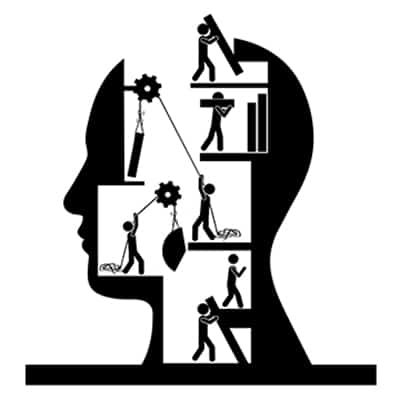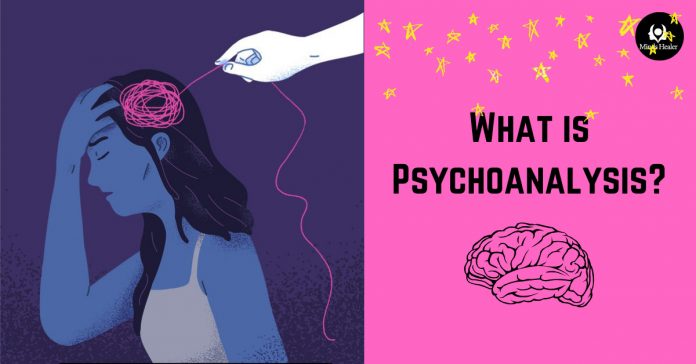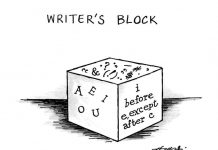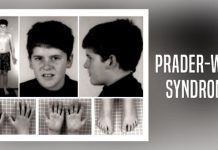The psychoanalytical arsenal of therapeutic techniques and procedures are free association, interpretation, dream analysis, analysis with interpretation of resistance, and analysis with interpretation of transference. These techniques and procedures form the basic framework for psychoanalysis and how the therapist interacts with the client.
Free Association

The central technique in psychoanalysis is free association. This technique provides the cohesive element binding together other techniques, according to Theory and Practice of Counseling and Psychotherapy 8th edition by Gerald Corey, published by Thompson in 2009. In free association the client is encouraged to verbalize any arising thoughts. It does not matter which thoughts even if the thoughts seem irrelevant or illogical. This technique allows uncensored speaking which brings subconscious thoughts to the surface. Verbalized subject matter is just as important as areas not spoken about. The therapist interprets the material and guides the client to clearer insight and deeper understanding of the client’s own psychology.
Interpretation

Interpretation, another main aspect of psychoanalysis, attempts to explain the meaning behind the client’s behavior that is manifested in dreams and free association exercises. Interpretation also helps to understand resistance and transference issues, according to Corey. After interpreting the meanings behind unconscious material the client is able to dig deeper and uncover more unconscious thoughts and feelings.
Dream Analysis

Dream analysis uses interpretation to understanding the meaning behind latent and manifest content in a client’s dreams. Latent content in dreams consists of hidden, symbolic, and unconscious thoughts and feelings, according to Corey. This unconscious material is so painful and fearful for the client that it is transformed into more acceptable content in dreams. This content is called manifest content, which is how the dream actually appears to the person who is dreaming. The therapist uncovers the disguised meanings by interpreting symbols in the manifest content of the dreams in order to reach an understanding of the latent content, therefore serving as a pathway to repressed material.
Repressed Material

Repressed material may surface in the form of resistance during psychoanalysis. Resistance refers to anything that works against the progress of therapy and prevents the client from accessing unconscious thoughts and feelings, according to Corey. Resistance is a natural defense against anxiety and works against psychoanalysis. During sessions therapists may point out to the client where resistance occurs and towards which subject matter. The client and therapist interpret resistance to access deeper unconscious material.
Transference
Thoughts and feelings rooted in the subconscious can also appear in the form of transference during the therapeutic process. Transference is when the client allows past relationships to affect the client’s current relationship with the therapist, according to Corey. This will also allow the client to begin to detect where transference is occurring in every day life. Transference can be found in all areas involving relationships. Transference can even occur between clients and computers, because computers within our society take on human-like qualities, reported an article written by John Suler, titled “Psychology of Cyberspace – Transference to Computers,” published in Selfhelp Magazine. Analysis and interpretation of transference allows the client to understand the effect of subconscious material on current relationships.
The Purpose of Psychoanalysis
All of the techniques and processes involved in the psychoanalytic framework are aimed at uncovering and interpreting unconscious material. This gives the client and the therapist a deeper understanding of underlying motives and feelings affecting every day life. Therefore, the client and the therapist work together through this unconscious material in order to improve the client’s wellbeing and quality of life.


















